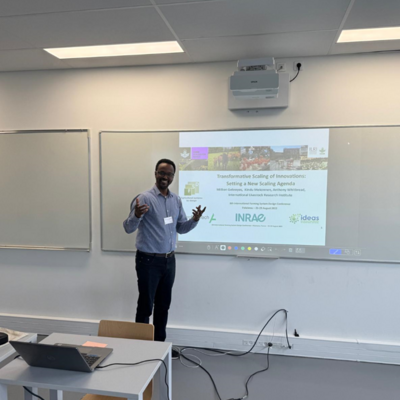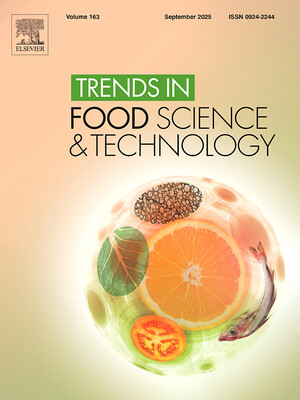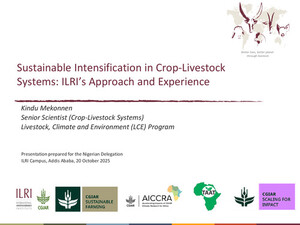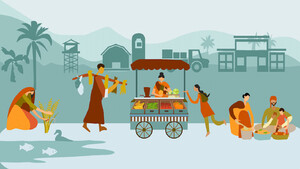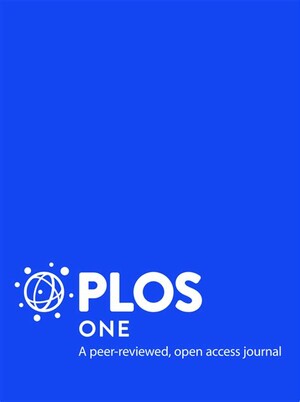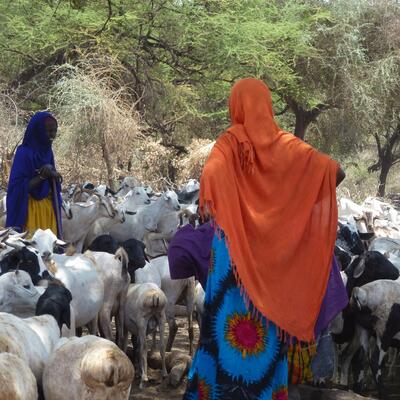
National priorities to guide One CGIAR sustainable animal productivity initiative in Uganda
To implement its 2030 research and innovation strategy, the CGIAR is developing a series of initiatives designed to achieve a world with sustainable and resilient food, land, and water systems that deliver more diverse, healthy, safe, sufficient, and affordable diets, and ensure improved livelihoods and greater social equality, within planetary and regional environmental boundaries.
CGIAR initiatives are major, prioritized areas of investment that bring capacity from within and beyond CGIAR to bear on well-defined, major challenges.
Uganda is one of several countries identified to be part of the proposed Sustainable Animal Productivity for Livelihoods, Nutrition and Gender Inclusion (SAPLING) initiative. Still at an early stage, this initiative aims to enable one million livestock producers – especially women and youth - in 7 countries to engage in inclusive value chains and achieve sustainable productivity gains resulting in improved livelihoods.
On 14 July 2021, the initiative design team joined with partners and collaborators in Uganda to review key elements of the proposed initiative, aiming to improve it by:
1. specifying which elements and work packages are the highest priority for Uganda
2. identifying missing elements that must be included for it to best serve Uganda’s situation
3. providing feedback to strengthen the proposed approach and framework
4. identifying the interests of key national actors in the initiative
In his opening remarks, ILRI’s deputy director-general Iain Wright introduced the workshop participants to the One CGIAR system noting it has unified governance under which various research centres will be teaming up, through the proposed initiatives to harness capacities. Emphasis is put on continued partnerships with stakeholders for inclusivity.
ILRI’s Isabelle Baltenweck explained that the SAPLING initiative seeks to enable one million livestock producers – 50% women and youth – to engage in inclusive value chains and achieve sustainable productivity gains between 30-50%, resulting in improved livelihoods. This will be accomplished by developing a pipeline of health, genetics, feed, and market systems innovations technologies, practices and tools that fill critical productivity and value-chain competitiveness gaps. It will generate evidence and tools for enhancing equity, inclusion, food and nutrition security in key value chains.
Emily Ouma from ILRI pointed out that 78% of the country population in rural areas derive their livelihood from agriculture, but the key challenge is low productivity, especially for livestock. SAPLING offers several avenues to address this and other challenges by contributing to national plans such as the Agro-Industrial Program 2021-2025 which aims to increase commercialization and the competitiveness of agricultural production and agro-processing as well as the Regional Development Program that focuses on poverty reduction.
During the workshop, stakeholders provided feedback specifying the priority interventions, value chains and work packages that can best serve the Uganda situation.
Major livestock challenges in Uganda highlighted by the participants include low feed quality and quantity, disease outbreaks, poor breeds and lack of a gene bank to aid in improved breeding, low productivity, weak market systems and farmer organisations and lack of basic information for farmers on best practices.
Reviewing the key elements of the proposal, participants noted that it is comprehensive, covering a wide range of components in value chains and the three major elements affecting productivity namely feeds, genetic improvement and animal health. In addition to being well aligned and complementary to existing government interventions, it was well-received due to its focus on generating evidence to inform policy decision making and the inclusion of women and youth empowerment. Some participants recommended that the proposal could include a focus on extension models outlining how to deliver the developed technologies and innovations in addition to the provision of a platform where stakeholders will have access to the evidence generated.
Priority interventions suggested by participants included: women and youth empowerment, capacity development in the key pillars of productivity, genetic improvement, enhanced productivity through improved feeds, vaccines research, disease control strategies and policies, reliable and accessible artificial insemination services, technologies and innovations for value addition, financing and efficient value chain linkages.
Participants also offered guidance on priority value chains and locations for the initiative. The proposed value chains of cattle, chickens, small ruminants, and pigs were strongly supported with participants noting they are key in the provision of animal source foods and to improve smallholder farmer livelihoods. Bees and rabbits were also recommended as possible value chains that could be included given that they serve as supplementary sources of food and income for households. For choice of locations, participants emphasized the importance of covering the North-Eastern region for cattle among the Karamoja and Teso in addition to the Central and South-Western cattle corridors. The Eastern region for local poultry, piggery in Buganda and Busoga while bees could be considered in the Northern region and rabbits in the peri-urban areas.
Finally, the session ended with a set of ‘advice’ to the team from participants highlighting the need to align the proposal to established government policies and initiatives, provision of pen-side diagnostic kits for key livestock diseases to promote evidence-based diagnosis of diseases, research and innovations that deter livestock theft, strengthening key stakeholder relationships within value chains, increased awareness creation on the importance of animal-source foods and benchmarking regional initiatives to inform local interventions on standards that can unlock regional markets.
In her closing remarks, Dr Juliet Sentumbwe, acting Director of Animal Resources in the Ministry of Agriculture, Animal Industry and Fisheries said that the initiative is very relevant to national development plans, adding that the ministry is committed to support and also benefit from the capacities provided and evidence gathered for decision making. She added that it is important to align with government priorities such as value addition, feeds, genetics, and animal health to improve productivity, in addition to attempting diversification into piggery, poultry and rabbit value chains that support low-income earners.
If approved, the initiative is expected to run for an initial three years, beginning in 2022. For more information please contact Emily Ouma E.Ouma@cgiar.org
Materials from the meeting are available online: https://hdl.handle.net/10568/114664






